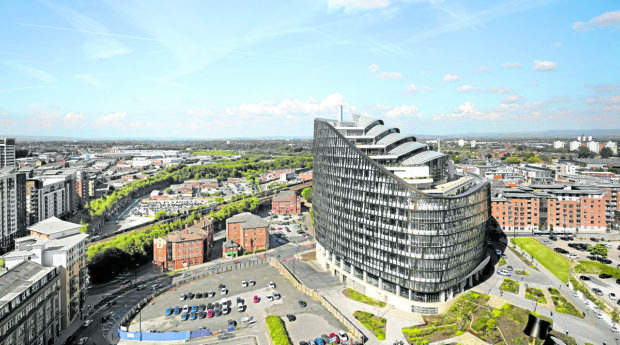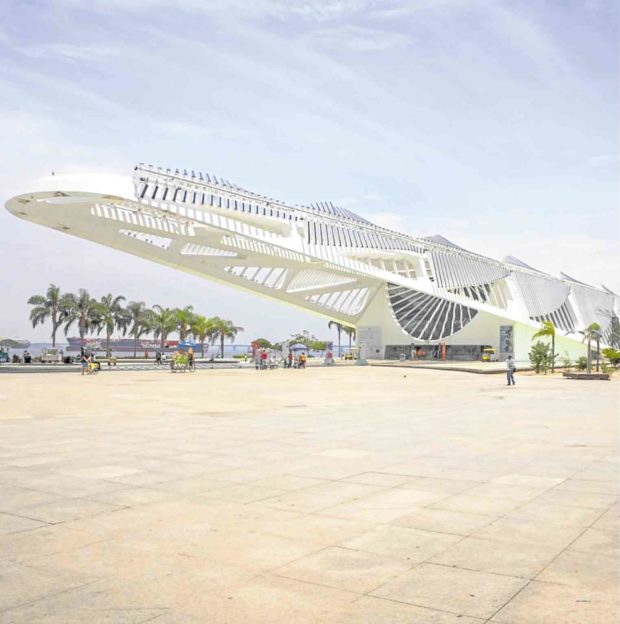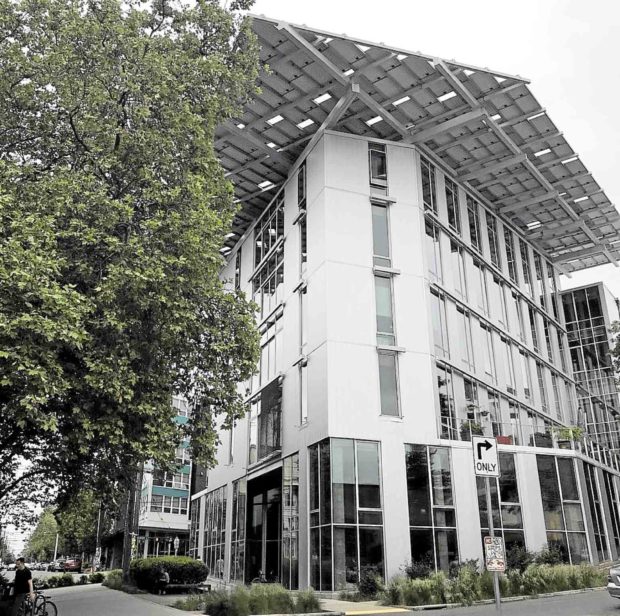Taking on the challenge to go greener
Every April 22, we celebrate Earth Day, which reminds us of the need to focus on the planet’s health.
Since 1970 when the event began, environmental action has turned into a life-and-death conundrum—what, with climate crisis, deforestation and desertification, dwindling biodiversity and many other issues biting back as human suffering. Even COVID-19, which has already claimed 3 million lives, is attributed to human contact with—or overreach of—wildlife.
Climate change, in particular, is familiar to Filipinos because of the toll it has inflicted on the nation. The gradual warming of the planet hits Filipinos close to home, given our closeness to the Pacific Ocean. The Global Climate Risk Index 2021 released by Germanwatch ranks the Philippines fourth among countries most affected by extreme weather events from 2000 to 2019. Other climate vulnerability rankings put the country much higher.
Real estate is known to be a huge contributor of greenhouse gases, a driver of climate change. In Impacts 2020, Sophie Chick of Savills World Research noted: “With real estate responsible for almost 40 percent of energy- and process-related emissions, a focus on the building and construction sector is inevitable. Tackling climate change should be at the top of every property owner’s and occupier’s agenda.”
Responding to the growing call to bring down the figures and address the climate emergency before it’s too late, many developers and designers have built or redesigned buildings according to the standards of green architecture, a philosophy that has espoused more responsible energy generation and use, more sustainable building methods and materials, and greater awareness of structures’ overall impact on the planet. Here are some awesome buildings that show environmental leadership in real estate.
One Angel Square
United Kingdom
Manchester’s 15-story One Angel Square is one of the most sustainable large buildings in Europe. It earned an outstanding rating, the highest mark on the Building Research Establishment Environmental Assessment Method scale. Completed in 2013, it is the headquarters of The Co-operative Group.
The building is future-proofed for rising temperatures. A double-skin façade reduces heat in the summer and insulates the building in the winter. It runs on vegetable oil, and sends surplus energy to the grid. The building features low-energy lighting, gray water and rainwater recycling systems, and heat recovery mechanisms from its own IT systems. All those have reduced carbon emissions by 80 percent and energy consumption by up to 60 percent.
Museum of Tomorrow
Brazil
Opened in 2015, this museum in Rio de Janeiro easily stands out because of its eye-catching cantilevered roof and exoskeleton-like design. However, going by its name, it also holds technologies that make it ready for tomorrow.
The two-story museum was part of a bigger revitalization project in Porto Maravilha, aligned with the city’s commitments in its hosting of the Olympics in 2016. The upper floor is an expansive exhibition hall while the lower level hosts various areas. The museum has built-in equipment that pumps cold water from the bottom of Guanabara Bay into its airconditioning system. It also generates electricity through fin-like solar panels integrated on the roof that can adjust to better soak in the sun during different times of the day.
Bullitt Center
United States of America
The six-storey Bullitt Center in Seattle may look normal when you walk past it, but it is actually the world’s greenest commercial building.
The structure is net-zero energy, carbon and water. It is fitted with 575 solar panels and is self-heating thanks to geothermal wells circulating throughout. It composts waste from its toilets, uses nontoxic materials, maximizes stairways and, get this, generates energy with its elevator. As if all of that is not enough, it processes rainwater for drinking, returns gray water to the soil onsite, and even encourages active transportation with a garage dedicated only to bikes.
The building, expected to last 250 years, is owned by the nonprofit Bullitt Foundation, whose CEO and president is Denis Hayes, one of the founders of Earth Day. The building was estimated to cost 23 percent more than a typical class A office building in the city because some things were being done for the first time.
It was all to show what was possible for green buildings, said Hayes. “Today’s living buildings, like the Bullitt Center, represent efforts to learn from nature how to exist comfortably and productively in a particular environment, making the least possible demand on resources.”



